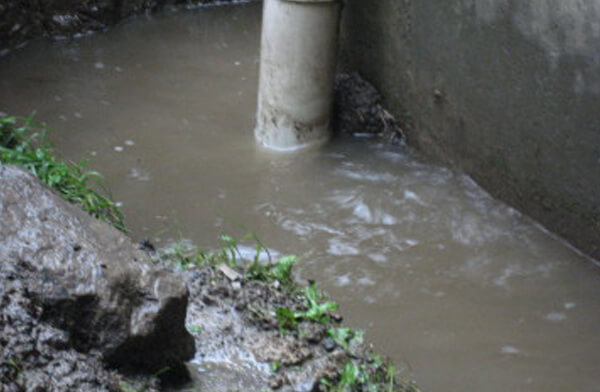Just about every person has his or her own theory with regards to Finding hidden leaks.

Early detection of dripping water lines can mitigate a potential calamity. Some small water leaks may not be visible.
1. Check Out the Water Meter
Every house has a water meter. Inspecting it is a surefire way that assists you uncover leakages. For beginners, switch off all the water sources. Ensure no one will flush, use the tap, shower, run the cleaning device or dishwasher. From there, most likely to the meter as well as watch if it will certainly transform. Since no one is using it, there need to be no activities. That suggests a fast-moving leakage if it relocates. Also, if you detect no changes, wait a hr or two and also examine back again. This suggests you might have a slow-moving leak that can even be below ground.
2. Examine Water Consumption
Assess your water expenses and track your water consumption. As the one paying it, you need to notice if there are any disparities. If you find sudden changes, despite your usage coinciding, it indicates that you have leaks in your plumbing system. Remember, your water expense ought to drop under the very same array on a monthly basis. An abrupt spike in your costs suggests a fast-moving leak.
A steady boost every month, even with the very same behaviors, shows you have a slow leak that's additionally gradually intensifying. Call a plumber to thoroughly examine your home, particularly if you feel a cozy area on your flooring with piping below.
3. Do a Food Coloring Examination
When it comes to water consumption, 30% comes from toilets. If the color somehow infiltrates your dish during that time without flushing, there's a leakage between the storage tank and also dish.
4. Asses Outside Lines
Don't fail to remember to examine your exterior water lines as well. Examination faucets by connecting a yard pipe. Should water leak out of the link, you have a loosened rubber gasket. Replace this and also ensure all links are tight. If you've obtained an automatic sprinkler, it will assist get it expertly took a look at and maintained annually. One little leakage can lose tons of water and spike your water costs.
5. Examine and Assess the Situation
Property owners must make it a routine to examine under the sink counters as well as even inside cabinets for any type of bad odor or mold and mildew development. These two red flags show a leakage so timely interest is called for. Doing regular assessments, also bi-annually, can save you from a major trouble.
If you know your residence is already old, keep a watchful eye on your heating units, tubes, pipelines etc. Check for discolorations as well as deteriorating as a lot of pipelines as well as home appliances have a life span. They will certainly likewise naturally deteriorate due to tear as well as use. Do not wait for it to rise if you presume leaking water lines in your plumbing system. Call a professional plumber today so you don't end up with an awful mess in your home.
Early discovery of leaking water lines can alleviate a possible calamity. Some little water leakages might not be noticeable. Examining it is a proven means that assists you discover leakages. One small leak can lose bunches of water and spike your water costs.
If you presume dripping water lines in your plumbing system, don't wait for it to escalate.
WARNING SIGNS OF WATER LEAKAGE BEHIND THE WALL
PERSISTENT MUSTY ODORS
As water slowly drips from a leaky pipe inside the wall, flooring and sheetrock stay damp and develop an odor similar to wet cardboard. It generates a musty smell that can help you find hidden leaks.
MOLD IN UNUSUAL AREAS
Mold usually grows in wet areas like kitchens, baths and laundry rooms. If you spot the stuff on walls or baseboards in other rooms of the house, it’s a good indicator of undetected water leaks.
STAINS THAT GROW
When mold thrives around a leaky pipe, it sometimes takes hold on the inside surface of the affected wall. A growing stain on otherwise clean sheetrock is often your sign of a hidden plumbing problem.
PEELING OR BUBBLING WALLPAPER / PAINT
This clue is easy to miss in rooms that don’t get much use. When you see wallpaper separating along seams or paint bubbling or flaking off the wall, blame sheetrock that stays wet because of an undetected leak.
BUCKLED CEILINGS AND STAINED FLOORS
If ceilings or floors in bathrooms, kitchens or laundry areas develop structural problems, don’t rule out constant damp inside the walls. Wet sheetrock can affect adjacent framing, flooring and ceilings.
https://www.servicemasterbyzaba.com/blog/how-to-detect-water-leakage-in-walls/

Do you like more info about Top leak detection hacks? Post feedback down the page. We'd be interested to know your suggestions about this entry. In hopes to see you back again soon. Liked our article? Please share it. Help someone else discover it. Thanks for your time. Visit us again soon.
Comments on “Overview To Water Leakage Discovery At Home”